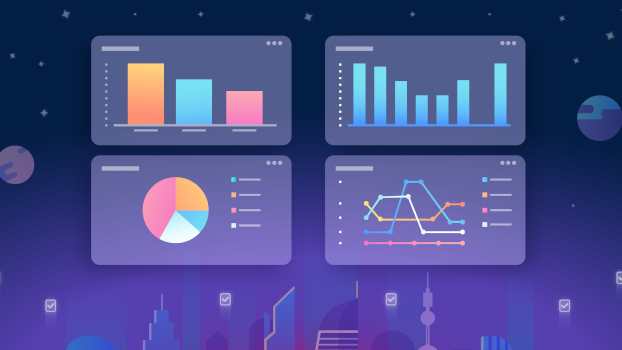
Trello marks 10 years with platform overhaul
Productivity app Trello announced a major redesign this week, adding features to help businesses better manage third-party integrations, new customisable cards and the ability to access workloads beyond the core whiteboard view.
The changes come after a year in which Trello said it saw a spike in users because of the rush to remote work caused by the Covid-19 pandemic; the company now boasts more than 50 million signups.
“During the pandemic, Trello became many people’s new offices in a remote-first world,” Trello co-founder Michael Pryor wrote in a company blog post. Sign-ups rose 73% in March 2020, he said, compared to the same month a year earlier.
“[But] the overnight shift to distributed work, coupled with the frantic adoption of digital tools, led to an exponential increase in digital work artifacts scattered across apps, some of which now resemble a graveyard of ‘tried-and-tossed’ tools,” Pryor said. He highlighted a report from Okta that found large companies deploy an average of 175 apps.
As a result, Pryor said the company decided to review what drew people to Trello in the first place with an eye on adding more functionality. One goal: avoid adding to information overload. Another: avoid making the platform too complicated, ruining it for the users who already loved it.
The lasted moves are designed to bolster productivity and help users get better insights into what teams are doing – and what is happing inside an organization. The updates also provide more ways to see data from other tools natively, without the need to leave Trello.
“This announcement sees Trello looking to become a much bigger player in this space, supporting larger customers as they embrace technology to support their evolving hybrid working strategy,” said Angela Ashenden, principal analyst at CCS Insight.
She pointed to recent acquisitions of Workfront by Adobe, Wrike by Citrix and Slack by Salesforce – evidence that work management is becoming increasingly important for companies. The shift to remote work over the last year, and the recognition that a hybrid workforce will be in place for the foreseeable future, has re-shaped worker reliance on technology for collaboration productivity.
“This is having a huge impact on product innovation in the market,” Ashenden said.
New features and capabilities
Trello has introduced five new board views: team table view, which organizes data into a convenient spreadsheet-style format; timeline view, for organizing a complex project by upcoming deadlines; calendar view, for tracking deadline and time-sensitive tasks; map view, for users who have location-based projects; and dashboard view, for visualising important metrics of success, such as due dates, assigned cards, and cards per list in pie chart, bar chart and line chart format.
Elsewhere, the new card capabilities expand Trello’s visual framework, allowing users to better connect information across boards – and even outside of Trello when necessary.
The new cards include both mirror cards and link cards, which the company hopes will make it easier to manage other apps and services in Trello. For example, instead of just being a URL to a third party service such as Jira, Google Docs or YouTube, link cards now display previews.
Another new card type, mirror cards, lets users pair cards from across multiple boards, so changes made to one are reflected on the others. Trello said they help break down silos so teammates working across different boards always have the latest information about a project, without the hassle of manual updating in multiple places.
“There’s something unique about changing that base element of Trello and saying this card can represent things that you’ve created inside Trello, but it can also represent things outside [the platform,]” Pryor said.
Trello is also giving users a new way to organise work, increasing productivity through the ability to find and share information more quickly. Boards will now live within workspaces consisting of team members and individuals and are organised by a sidebar on the left of Trello. From there, users will be able to see their starred boards, team-level board views, and all boards within the workspaces they use.
The future of Trello
Looking ahead, Pryor acknowledged that competition among project management apps is heating up. “What [the pandemic] forced us to do is understand that there’s a place for us to offer all the things that people love about Trello in a much more expansive way, instead of just narrowly focusing on that one specific use case,” he said.
Instead of thinking of Trello as just a single project management app, the company worked to expand on the idea of the platform as a visual organizational language that can be used across an entire company.
“It doesn’t matter if you’re using JIRA or Asana or Monday, Trello can provide a layer across these tools that anybody can pick up. It works on any device; it works offline; and it’s all those things that over the past 10 years have made Trello so valuable and useful to people,” Pryor said.
Since its launch a decade ago, Ashenden said Trello has always been a highly creative and visual app with special appeal to users.
“While its boards concept has been adopted by many competitors in the market since its launch in 2011, this announcement shows Trello continues to be an innovator…,” she said.
IDG News Service
Professional Development for IT professionals
The mission of the Irish Computer Society is to advance, promote and represent the interests of ICT professionals in Ireland. Membership of the ICS typically reduces courses by 20%. Find out more







Subscribers 0
Fans 0
Followers 0
Followers